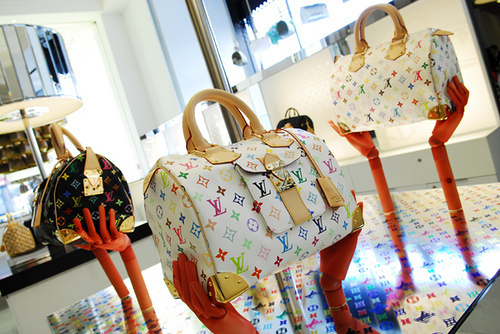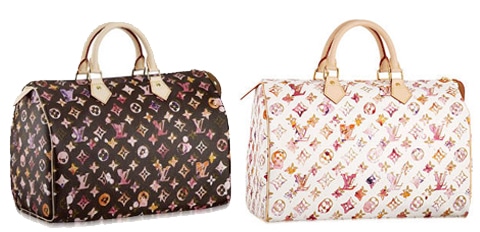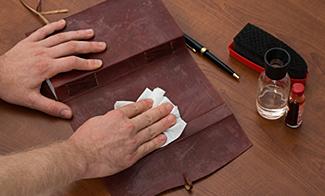Everyone knows the famous Louis Vuitton Handbags, but do you know the actual history of the Louis Vuitton company?
 |
| Louis Vuitton |
The original Louis Vuitton company was founded by Louis Vuitton in 1854 on Rue Neuve des Capucines in Paris, France. Originally a luggage maker, Louis Vuitton realized that flat trunks could be stacked, as opposed to the rounded trunks that were more popular at the time. In 1858, Vuitton introduced his flat-bottom trunks and France went wild. Everywhere, luggage makers or malletiers, started to imitate Louis Vuitton’s designs.
In 1892, Louis Vuitton died, and the company's management passed to his son, Georges Vuitton. George Vuitton had a vision for the company and wanted to grow it into a worldwide company. Then, in 1896... something huge: Georges Vuitton created the iconic Monogram Canvas.
 |
| Monogram Canvas |
By 1913, the Louis Vuitton Building opened on the Champs-Elysees, which was the largest travel-goods store in the world at the time. Soon after, stores were opened in New York, Bombay, Washington, London, Alexandria, and Buenos Aires. In 1936, Georges Vuitton died, and his son, Gaston-Louis Vuitton, assumed control of the company. Gaston-Louis began to incorporate leather and transform the Monogram canvas into a more pliable material for use on handbags and small leather goods. 1987 saw the creation of LVMH, which was a merging of Louis Vuitton with Moët et Chandon and Hennessy, to create the largest Luxury Conglomerate in the world.
In 1997, Marc Jacobs became the company’s artistic director, introduced first RTW line and introduced the Vernis collection.
 |
| Vernis Collection |
Marc Jacobs brought a much needed youthful spirit to LV and spurred collaborations with famous artists.
In 2001, Stephen Sprouse created the Graffiti and Roses lines; in 2003, Takashi Murakami created the Monogram Multicolore and Cherry Blossom lines; in 2008, artist Richard Prince created the Aquarelle, or more commonly known as the Watercolor Speedy. A reinterpretation of the iconic bag, this style features the classic Monogram pattern with a smudged painted fashion. There are 17 paint colors that are used in the smudging of this Speedy. These were released in white and brown. In 2012, Yayoi Kusama created “Infinitely Kusama” collection. Additionally, Marc Jacobs also introduced LV to collaborating with numerous street artists.
 |
| Graffiti and Rose Collection |
 |
| Multicolor Collection |
 |
| Watercolor Speedy |











